A Joyous Holy Pascha to our Orthodox Brethren

"The sacred and great Sunday of the Pasch,
be Resurrection Icons singing for you,
and those you love the eternal Springtime Song:
"CHRISTOS ANESTE!" -- "ALETHOS ANESTE!"
Surrexit Dominus vere! (Latin: "The Lord is truly risen!")
"Deo gratias" (Latin: "Thanks be to God").
"Alleluia, Alleluia, Christ is Risen! -- He is Risen Indeed!"
A Blessed and Happy Holy Pascha!
(Polish: Wesolego Alleluja!)
"A joyful alleluia to you!"
Decorating eggs is an ancient custom that goes back to the first centuries of Christianity. The Russian, Polish, Chaldean, Syrian, and Greek Christians give each other scarlet eggs in honor of the Most Precious Blood of Christ. Cracking the blessed* red Pascha eggs is the quintessentially Christian way to commemorate the Pasch. The egg is a natural symbol of springtime and a supernatural symbol of Christ's triumphant emergence from the hard shell of His stone tomb. Under more ascetical times eggs were also one of the foods banned during Lent, so their presence on the Pascha table marked a welcome dietary change and an end to the penitential period of sackcloth-and-ashes.
(* Subveniat, quaesumus Domine, tuae benedictionis gratia, huic Ovorum creaturae: ut cibus salubris fiat fidelibus tuis, in tuarum gratiarum actione sumentibus, ob resurrectionem Domini nostri Jesu Christi, qui tecum vivit et regnat in saecula saeculorum. Amen) "May the grace of Thy blessing, we beseech Thee, O Lord, come upon these eggs, that they may become a wholesome food for Thy faithful, who gratefully receive them in honor of the Resurrection of our Lord Jesus Christ, who liveth and reigneth unto endless ages. Amen.
This evening's Divine Liturgy (Vigil Mass) will commemorate THE FEAST OF FEASTS which we Orthodox Polish people call "Wielkanoc", The Great Night. Ever since Apostolic times, it has always been celebrated on the first Sunday after the spring equinox and Jewish Passover. Let us pray that someday soon, under this Pontificate of Benedict XVI, that the entire Church Catholic will again be celebrating what is also known as "Easter" on its proper date -- as calculated above. (Last year, when Catholic "Easter" & Orthodox Pascha coincided as it rarely does, I rode home from St. Demetrious GO Cathedral in Astoria, Queens on a song-filled subway packed with these burning candles as explained* below.)
The Annual Miracle of the Holy Fire
May the Holy Fire, The Light of Christ we receive at His Glorious Resurrection, shine in our hearts and may we know that our LORD God is with us always. May the light of our LORD'S Holy Resurrection shine in your hearts and lives!
"I came to bring fire to the earth,
and how I wish it were already kindled."
(Luke 12:49.)
* In the Orthodox Church, the celebration of Holy Pascha begins with the blessing of the new Holy Fire. Struck from flint, this new fire passes from one candle to another until the church is filled with light. And then the faithful walk out of the church with burning candles through the darkness to their own houses, and light Easter candles from the Holy Fire in each of their windows. From one light, many, first filling a church and then an entire community, the Paschal Fire.









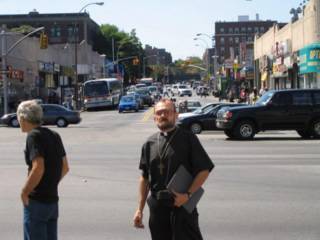



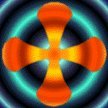









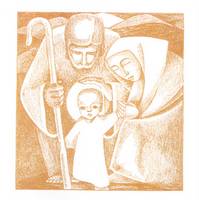


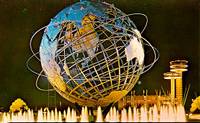




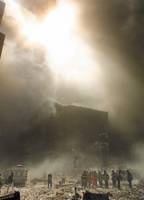



























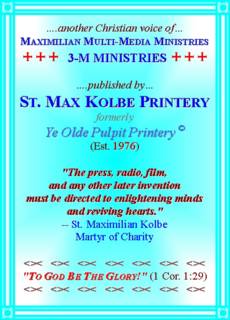




0 Comments:
Post a Comment
<< Home